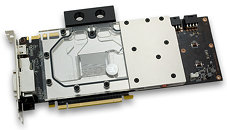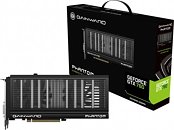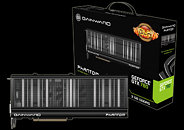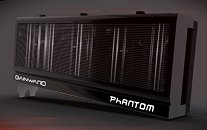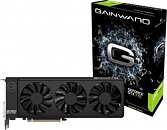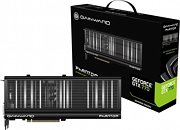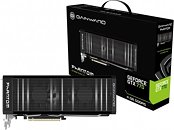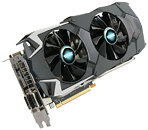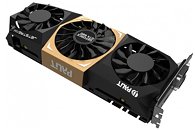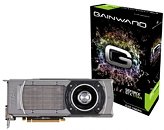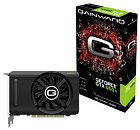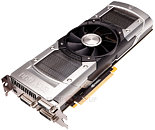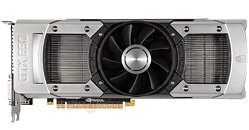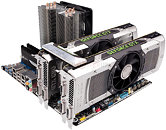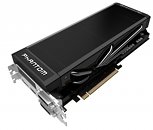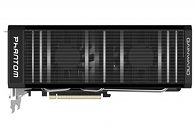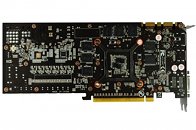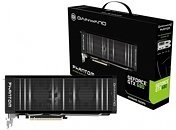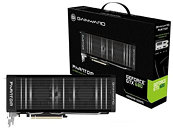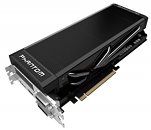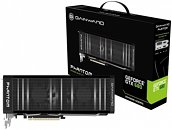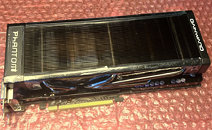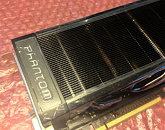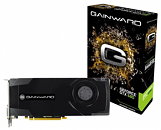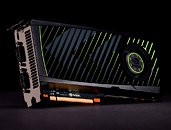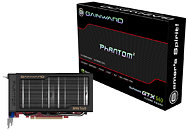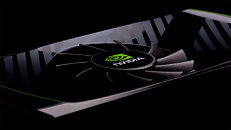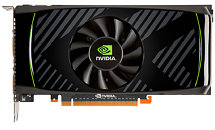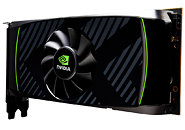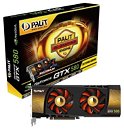
Gainward Announces its GeForce GTX 750 Series
As the leading brand in enthusiastic graphics market, Gainward proudly presents the brand-new GeForce GTX graphics, base on MAXWELL architecture, GTX 750 Ti and GTX 750 series. Gainward GeForce GTX 750 Ti and 750 series are the most efficient GPU ever built. The first generation MAXWELL architecture performs 35% more performance per cores than previous generation - Kepler architecture and offers 2 times performance per Watt. The Gainward GeForce GTX 750 Ti and 750 series require no external power connectors.
It is the best solution for the basic person computer with limited system power budget to upgrade to GeForce GTX graphics solution. Gainward GeForce GTX 750 Ti and 750 series leads by GTX 750 Ti "Golden Sample", which is factory over-clocked at 1202MHz base clock (1281MHz boost clock) and 3004MHz memory clock speed. With 180MHz over-clocking speed, Gainward GTX 750 Ti "GS" performs up 15% more than NV's GTX 750 Ti reference clock speed under games and benchmark score. To compete with AMD's R7 260X, it wins for almost all popular games not only the frame rates but consumes only 52% power. The Gainward GTX 750 Ti and GTX 750 are all factory over-clocked, with 65MHz more than NV's reference clock, offer better C/P value for your choice.
It is the best solution for the basic person computer with limited system power budget to upgrade to GeForce GTX graphics solution. Gainward GeForce GTX 750 Ti and 750 series leads by GTX 750 Ti "Golden Sample", which is factory over-clocked at 1202MHz base clock (1281MHz boost clock) and 3004MHz memory clock speed. With 180MHz over-clocking speed, Gainward GTX 750 Ti "GS" performs up 15% more than NV's GTX 750 Ti reference clock speed under games and benchmark score. To compete with AMD's R7 260X, it wins for almost all popular games not only the frame rates but consumes only 52% power. The Gainward GTX 750 Ti and GTX 750 are all factory over-clocked, with 65MHz more than NV's reference clock, offer better C/P value for your choice.




